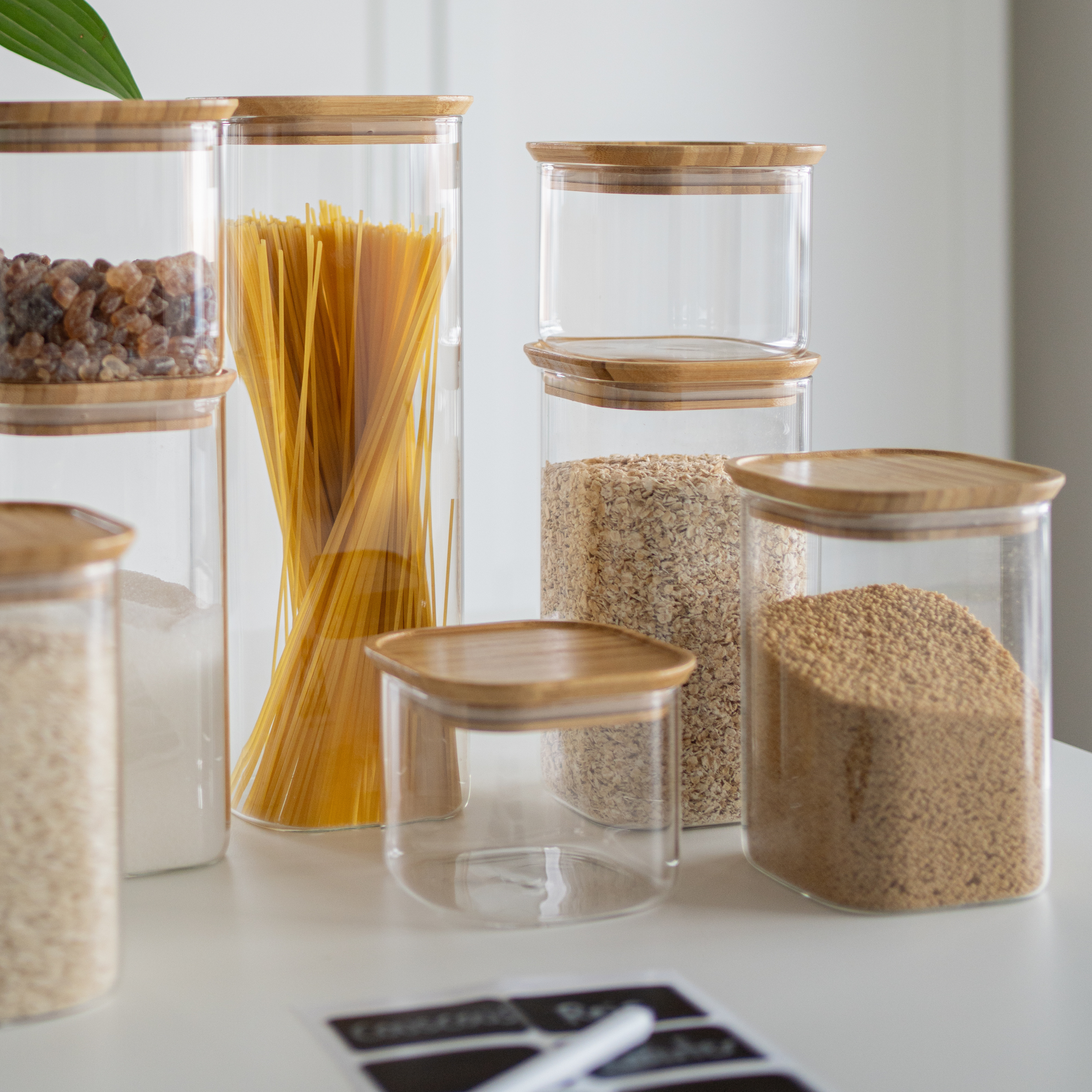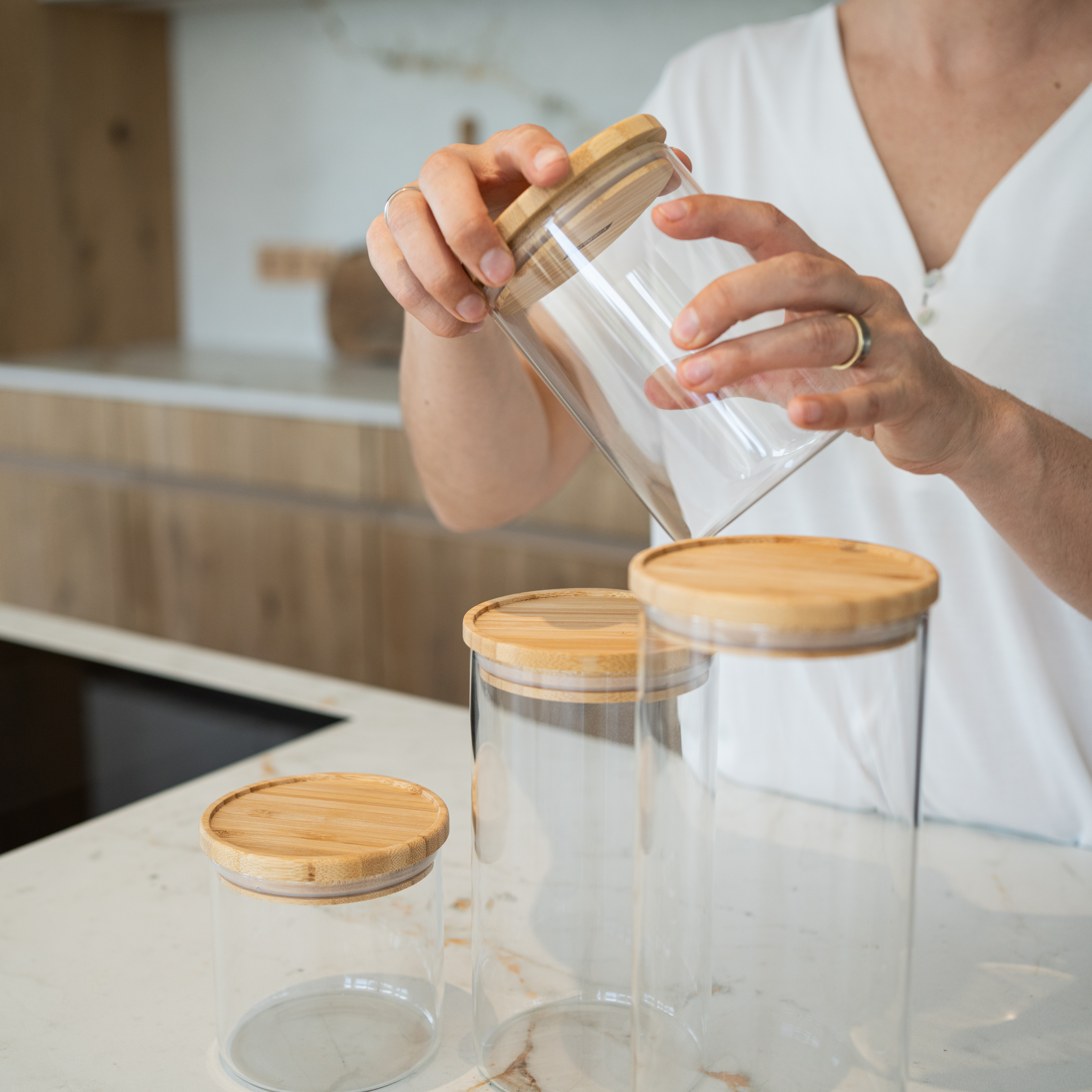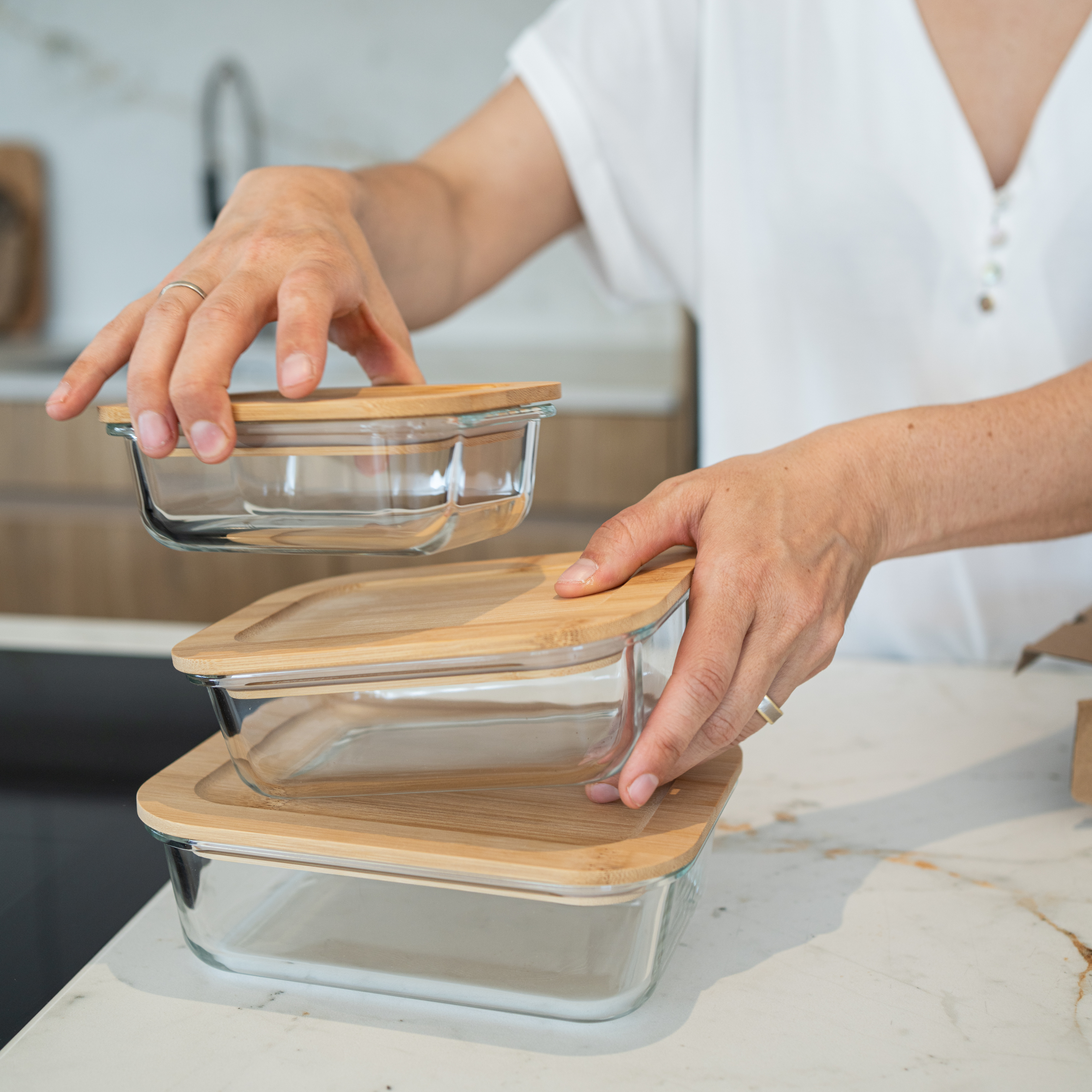So often we simply don't manage to eat all the food or lose track of all the leftovers in the fridge, which is why high-quality food ends up in the garbage can.
Somehow we just don't manage to eat what we buy and we often ask ourselves how we can manage to reduce food waste by simple means.
But that doesn't have to be the case. Read on to find out how you can make good use of leftovers and save time and money as a result.
Recycling leftovers - why it's so important
If expensive, high-quality food constantly ends up in the garbage can, it's not only bad for the environment, it's also very expensive. You've spent all that money for nothing and never got to use the food in the first place
There are various reasons for wasting food, but one thing is certain: you could have used all the leftovers and ingredients in a different way.
If you store leftovers from the previous day's party properly or put them to good use, you can make new dishes very quickly and save a lot of money in the long term.
This also allows you to shop much more consciously and avoid buying large quantities or ingredients that won't be eaten after all.
How to use and store food properly
How you can use leftovers properly and reduce food waste in your household can be found in our tips.

Use simple recipe ideas for leftovers
Instead of immediately throwing away leftovers from your last day's lunch, you can easily use them as an ingredient for other dishes
.Pasta, rice or boiled potatoes are particularly suitable for cooking several dishes for the following day. For example, you can easily turn pasta into a casserole, lasagne or pasta pan and save yourself a lot of time and effort.
If you can't think of any recipes, you can simply use the countless recipe pages on the internet as a source or browse through cookbooks.
The platform Restegourmet, for example, is particularly practical with a variety of dishes and categories for almost every ingredient.
Another option is the app "Too good for the garbage can!", where you can easily enter ingredients that are about to expire and find recipes that are easy to recreate.
Utilization of fruit
If you don't manage to eat all the fruit in time and fruit turns brown quickly, we often tend to throw it away. However, the fruit itself is not bad or loses quality and there are still so many ways to use it or store it
.You can use apples, pears or bananas for a puree to sweeten your dishes.
If you want to store your food and keep fresh fruit for the winter months, you can make jams and jellies from most fruits or dry them so that they are edible for a long time to come.
Another option is fruit in cakes or muffins and vegan ice cream made from your old bananas.
Using up leftover bread
We often buy fresh bread or baked goods from the bakery and end up leaving them in the bread basket, where they quickly become hard and inedible.
To prevent baked goods from getting hard, you can freeze a portion immediately after purchase so that you can defrost it again and again.
If your bread has nevertheless become hard and you don't know what to do with the leftovers, there are a number of recipes that will quickly make it soft and edible again.
For example, well-known dishes such as poor knights, dumplings or a casserole with bread, milk and cinnamon are suitable for making hard breadcrumbs soft again.
Utilization of herbs
If you buy fresh herbs such as parsley, wild garlic or basil from the supermarket, they usually wilt very quickly and lose their aroma. This makes the herbs less suitable for salads or other dishes and unfortunately they usually end up in the garbage can.
To prevent this, most herbs should be put in the fridge immediately, or more precisely in the vegetable drawer. To ensure they are well looked after, you can moisten the herb stalks well and place them in a box on paper towels. However, you should always remove any wilted or slimy leaves and stems first.
So you can continue to use vegetables
As vegetables contain a lot of water, they can shrivel or wilt very quickly and are no longer edible when fresh.

To use your vegetables after all, you can use them in casseroles, stews, soups or on pizza. Broccoli, mushrooms, zucchinis or tomatoes are particularly suitable for this.
Instead of throwing the greens away every time, you can also use them to cook a soup stock or fry them in butter to add to your vegetable stir-fry.
To make good use of your leftovers, there are a variety of ways to help you reduce your consumption and save food you have already bought from going to waste.
The correct storage or preservation of food can also be particularly important. You can find out more about storing food correctly here. (link to article)
As you can see, there are so many ways to turn your old food into edible dishes. Instead of constantly buying fresh produce, it's worth looking for recipes for leftovers so that everything doesn't always end up in the garbage can.
Otherwise, you can easily preserve food for a longer period of time so that you don't have to constantly check the best-before date and can enjoy your leftovers when you feel like it.
This not only makes your diet more sustainable, but also helps to limit food waste and save unnecessary costs at the same time.




